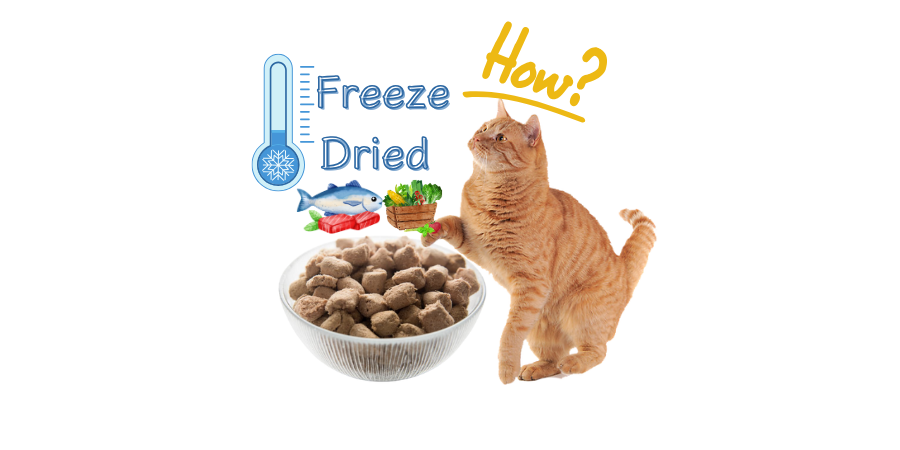How to Choose Dehydrated/Freeze-Dried Cat Food: Professional Nutrition Comparison and Buying Guide
Give your pets a double surprise of "crispy + refreshing" and get rid of the tasteless dry food!
Understanding process differences
| characteristic | freeze-dried cat food | Dehydrated cat food |
|---|---|---|
| Nutrient retention | Extremely high, retaining more than 95% of natural enzymes and trace elements | Good, but will lose some heat-sensitive vitamins and enzymes |
| Moisture content | About 1–5%, must be rehydrated for consumption | About 10–20%, can be fed directly or returned to water in small amounts |
| Shelf life | The longest, up to more than 1 year | About 6–12 months |
| price | Higher | Lower |
Purchase Points
- Single protein source: Prioritize chicken, beef, or fish, and exclude animal by-products and high-carb formulas.
- Grain-free and low-carb: Carbohydrate <20%, reducing the risk of obesity and allergies.
- Moisture Replenishment: Freeze-dry for 30 seconds for quick recovery; Dehydrate by soaking in a 1:1 weight ratio for 2-3 minutes.
- Palatability and usage: Choose freeze-dried staple food, and dehydrated for mixing or snacks to increase the pleasure of chewing.
- Brand certification: ACVN/AAFCO certified and biosafety tested.
Transition and feeding recommendations
- 25→50→75→100% gradual conversion, completed within 7–10 days.
- Eat small, frequent meals, 3–4 times for active or indoor cats.
Common brand recommendations
| brand | Process | feature |
|---|---|---|
| Vital Essentials | Freeze-dried | Single protein, multiple flavors, retains Omega fatty acids |
| Stella & Chewy's | Freeze-dried | Human-grade ingredients, suitable for use as a dressing or snack |

